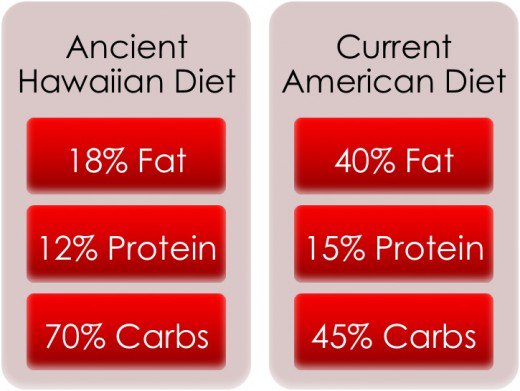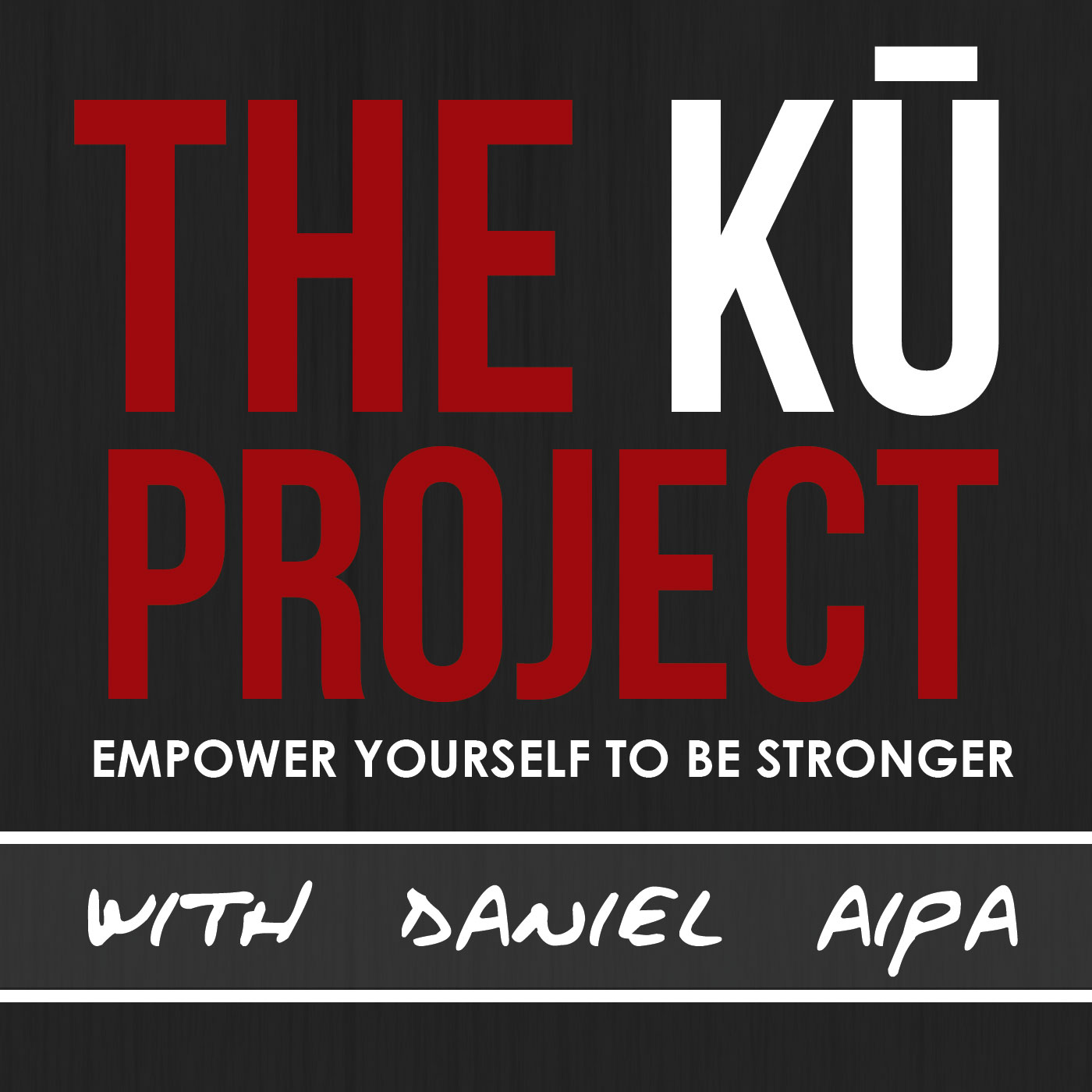I recently watched a thought provoking documentary titled, What the Health?.
I’m not going to go too deep into the documentary but it was based around nutrition being the ultimate medicine and a plant-based diet is the way to go. Now before you start thinking, “Are you going vegetarian?” No.
“Are you going vegan?” No.
I decided to experiment with a mixture of two worlds with an idea I’ve been curious about but never felt truly inspired to try until now.
The traditional Native Hawaiian diet has always peaked my interest. In an essay titled, “The Physique of Ancient Hawaiians”, the author wrote:
“At the time of the discovery of the Hawaiians they were physically one of the most, striking native races in the world … as a race they were tall, shapely, and muscular, with good features and kind eyes. In sym- metry of form the women have scarcely been surpassed, if equalled, while the men excelled in muscular strength. Anthropologists agree that the ancient Hawaiian was one of the finest physical types in the Pacific, and compared very favorably with the best types from any other part of the world. They were tall and well developed, with splendidly shaped torsos, and fine muscular limbs of excellent proportions.”
When I came across this essay, I continued my research on the health and physique of ancient Hawaiians which led me to a 1991 study published in the American Journal of Clinical Nutrition.
In this study they implemented a Native Hawaiian Diet with 19 Native Hawaiians, who had an average weight loss of 17 pounds after three weeks on the diet. Other benefits noted during the research was decrease in cholesterol and blood sugar. In this diet, the main foods were taro, poi, sweet potatoes, yams, breadfruit, greens, seaweed, fruit, and small amounts of fish. Another motivation for this study was to perpetuate and revive the Native Hawaiian culture through nutrition. Best Over The Counter Weight Loss Pills
Now, you may be wondering, “So what you are saying is that you are going native?”
Not quite.
But an interesting thing I realized was that meat wasn’t a big part of the Ancient Hawaiian diet. Meat was seen as more of a luxury to have. Interesting.
Enter the Modern Native Hawaiian Diet…
It’s been awhile since I’ve done any sort of experimentation and the documentary What the Health? served as a good nudge.
I decided to combine a Whole Food Plant-Based Diet and a Native Hawaiian Diet. In all actuality, a Native Hawaii Diet was a plant based diet.
So let’s define these diets, a Whole Food Plant-Based Diet is, “a diet based on fruits, vegetables, tubers, whole grains, and legumes; and it excludes or minimizes meat (including chicken and fish), dairy products, and eggs, as well as highly refined foods like bleached flour, refined sugar, and oil.” (Forks Over Knives).

A Native Hawaiian Diet according to Dr. George Kanahele wrote, “The traditional Hawaiian diet may have been “one of the best in the world”. It was a simple, high starch, high fiber, low saturated fat, low sodium and low cholesterol diet. It had 12 percent protein, 18 percent fat and 70 percent carbohydrates. By comparison, the typical American diet today has 15 percent protein, 40 percent fat and 45 percent carbohydrates.”
In the Native Hawaiian diet study mentioned earlier, they focused on “taro, poi, sweet potatoes, yams, breadfruit, greens, seaweed, fruit, and small amounts of fish.”
So the Modern Native Hawaiian Diet I’ll be working with during this experiment will be as follows:
- Based on fruits and vegetables
- Root and Tubers (sweet potat0, taro, yams, breadfruit, etc.)
- Exclude or minimize meat (chicken, beef, fish, etc), dairy products, eggs
- I’ll be cutting out all meat, except for fish and other seafood but keep them to a minimal
- Allow whole grains and legumes
- Exclude highly refined foods like bleached flour, refined sugar
- Allow cooking with plant based oil (olive, avocado, etc.)
The biggest challenge for me will the incorporation of more fruits and vegetables along with excluding meat and minimizing fish.
Again, this sounds crazy for me, but I’ve always been curious about emphasizing a traditional Native Hawaiian diet that could be modernized into what we have available today in Hawaii. Coming across the nutritional breakdown of the traditional Native Hawaiian diet of 12 percent protein, 18 percent fat and 70 percent carbohydrates made me question whether or not I have to take in so much protein as I’ve always thought.
It’s known that the Ancient Hawaiians were more active than we are today, but yet they didn’t consume very much protein but emphasized a higher carbohydrate diet.
Do you see where are this curiosity is coming from? Aren’t you wondering now?
But that’s all that I have now. I just started and will continue to update you on what’s going on and what I’m learning.


